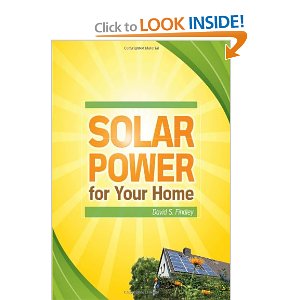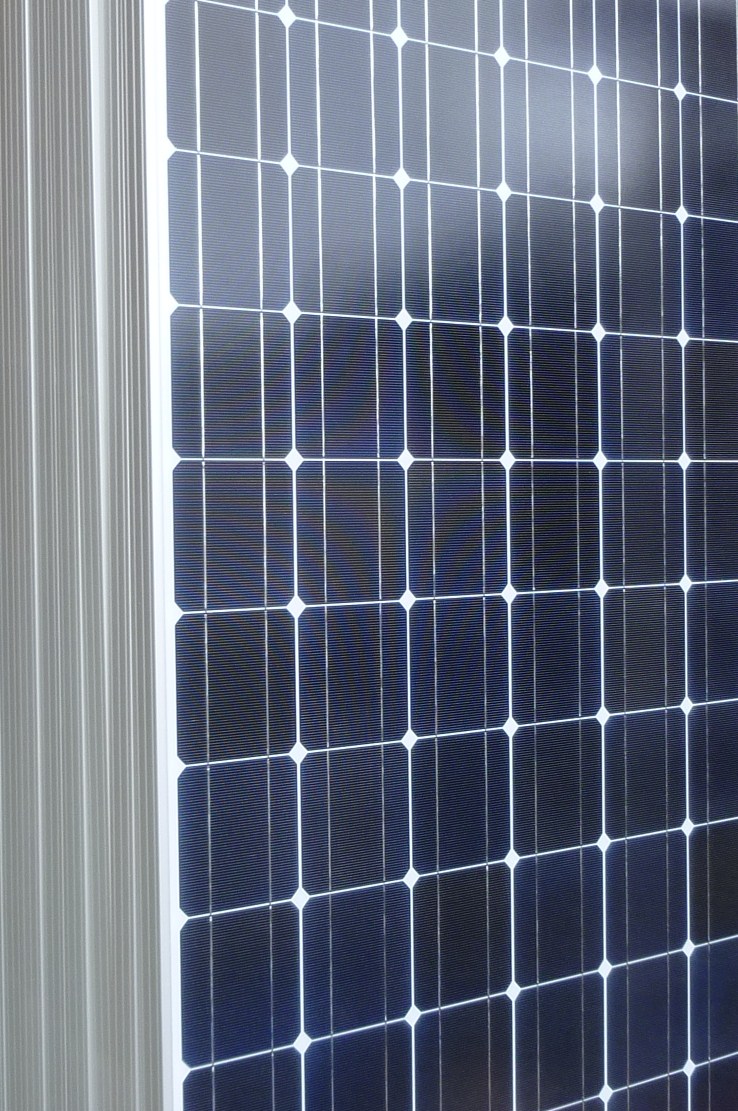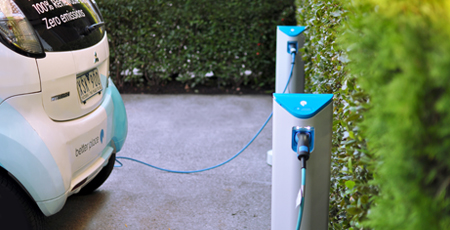When it comes to looking for alternative energy sources, there are really three viable alternatives to solar energy. They are wind, geothermal and tidal energy. So let’s take a look at each of them.
Wind Power
Wind energy really is another form of solar energy, since wind is produced when warm air and cool air collide. Be that as it may, how does wind power work, and how does it stack up against tradition solar power?
Wind power has been around for thousands of years, powering sailing ships and wind mills. It is an extremely effect source of power and as early as the 1920s wind turbines were sold with generators, for pumping water from wells on farms.
However, wind power is not as widely available as solar power. A modern wind turbine needs constant winds of at least 33km/hour, which is simply not available in many locations, especially when it comes to domestic needs. It is certainly a viable option though for windy areas, and wind energy farms can be most successful.
Geothermal Power
Geothermal energy has historically only available where tectonic plates move. Although it is a form of power that has been around for millions of years, it is simply not a viable option for all situations, such as for home use.
A ground-source heat pump (GSHP) which is also sometimes called a geothermal heat pump, is a different thing altogether. This is not strictly considered geothermal energy and does not generate electricity, but instead generates thermal power, used to heat water or homes.
According to Wikipedia the worldwide capacity of currently installed geothermal electricity generation is 10,715 megawatts (MW). The development of improvements in drilling and extraction technology combined with binary cycle power plants may allow geothermal power to be extracted over a wider geographical range than previously, however at present drilling costs are significant and entail risks. Plant construction also has risks, and in fact a project in Switzerland was shut down when it caused earthquakes.
 Tidal Power
Tidal Power
This is probably the least well known renewable energy. Of course, like solar, wind and geothermal power, it has been used for centuries. According to David Findley in Solar Power for Your Home, tidal mills were in use in all western nations by 700AD. He explains: “…tide mills [were used] as food storage ponds that were filled by the incoming tide: water was captured and then released through a water wheel, and the water wheel produced mechanical energy that provided power to mill the grain. One such mill in New York worked well into the 20th Century.” (McGraw Hill, 2010, p. 25).
According to Findley the entire world could be powered by harnessing the offshore tidal power in the Eastern United States alone. Considering that in 2010 the worlds electricity needs were at 17.5 trillion KWH and increasing, that’s a big claim. Furthermore, unlike wind energy, tidal power is reliable and constant. Unfortunately the biggest drawback of tidal energy is price. The fact that it is one of the most expensive ways to produce power makes it less attractive than burning fossil fuels for power companies and governments, leaving solar power as still the most viable form of renewable energy available today.
David Findley’s book is obviously about solar power for homes, but it also has short sections on Wind, Tidal and Geothermal energy, as well as covering the advantages and disadvantages of solar power, and different types of solar, from the variations in PV solar to passive solar and more. Other chapters include ‘Zero-Cost Passive Solar’, ‘Creating a Personal Energy Plan’ and ‘Solar Projects You Can Use Today’, which covers topics as diverse as solar pool covers, solar pet homes and solar carports. He is also the author of Do-It-Yourself Home Energy Audits.
Healthy Family | Healthy World




